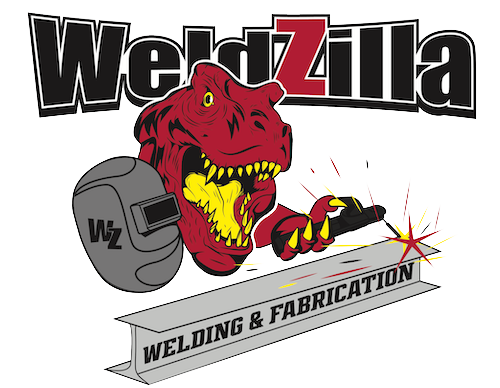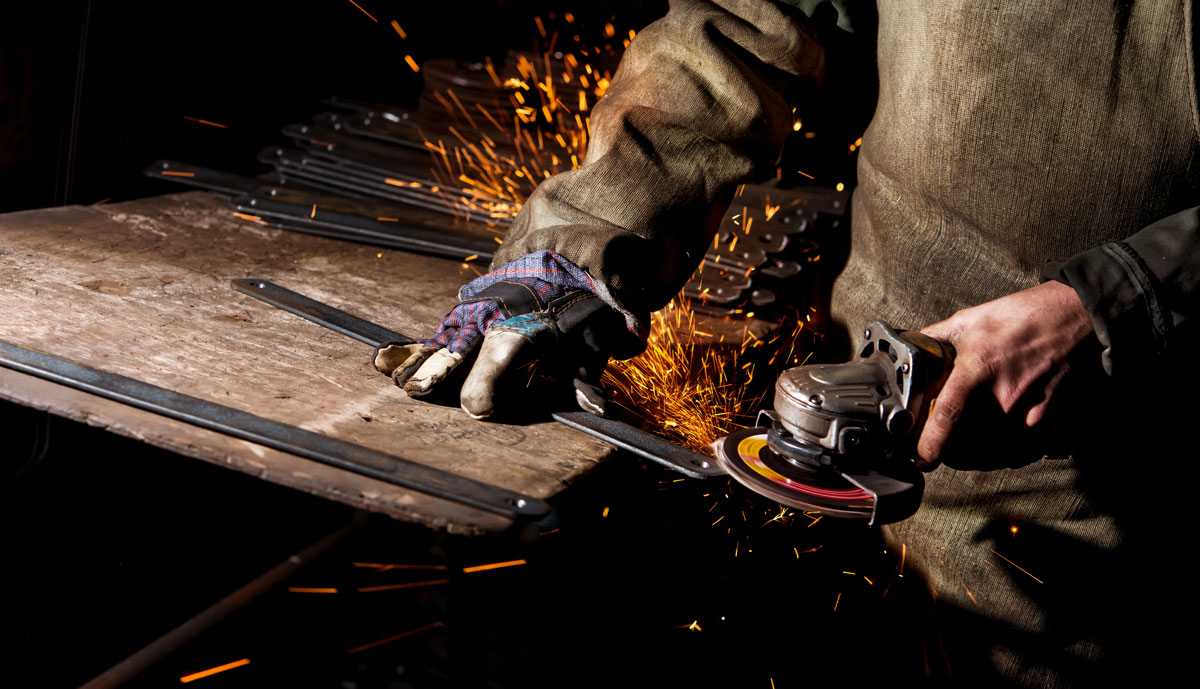There are three main welding techniques, so it’s important to understand each option and to know how strong is weld material for your welding applications. Here are the three basic welding techniques available to modern welders:
- Gas welding
- Arc welding
- Laser welding
Arc welding uses an electrical arc to melt work material. First, a grounding wire is attached to the material. Next, the welder places an electrode lead against the work material. As the welder draws the electrode away from the material, it creates an electric arc, otherwise known as an ongoing plasma discharge from the electrical breakdown of gas. Arc welders use either AC or DC power and are used to produce a very concentrated, narrow weld point.
Gas welding is another common welding type. Also known as oxy-fuel welding, it’s an older and more common option. Gas is funneled to a welding stick, or point of focus, and ignited to create a high-temperature flame. It’s best used for high-alloy steels. While the weld point is less concentrated than electric welding, it’s much hotter and more suitable for particularly tough alloys.
Laser welding is the latest innovation in welding technology. This technique is currently only used in large industrial applications. Laser welders use a high-energy beam to fuse materials together. It’s a costly system that requires expert control and finesse.

